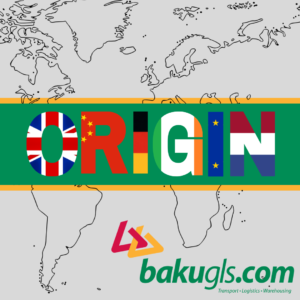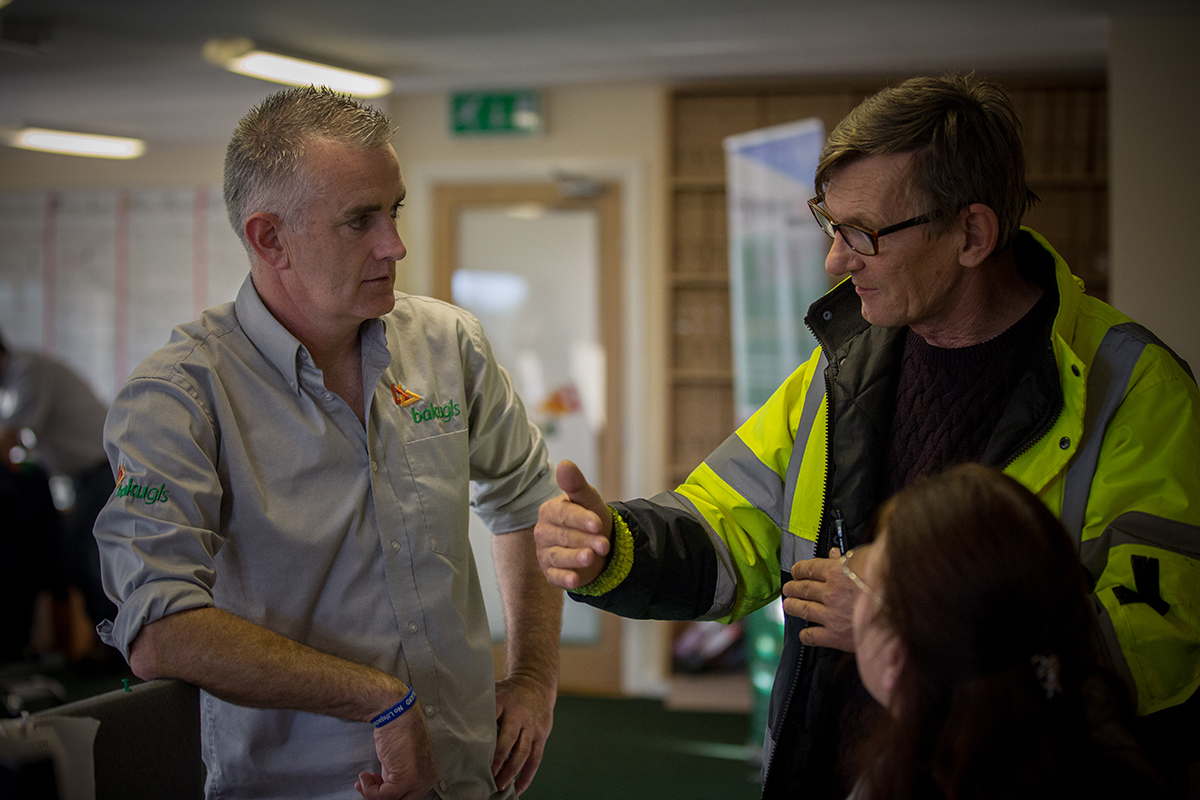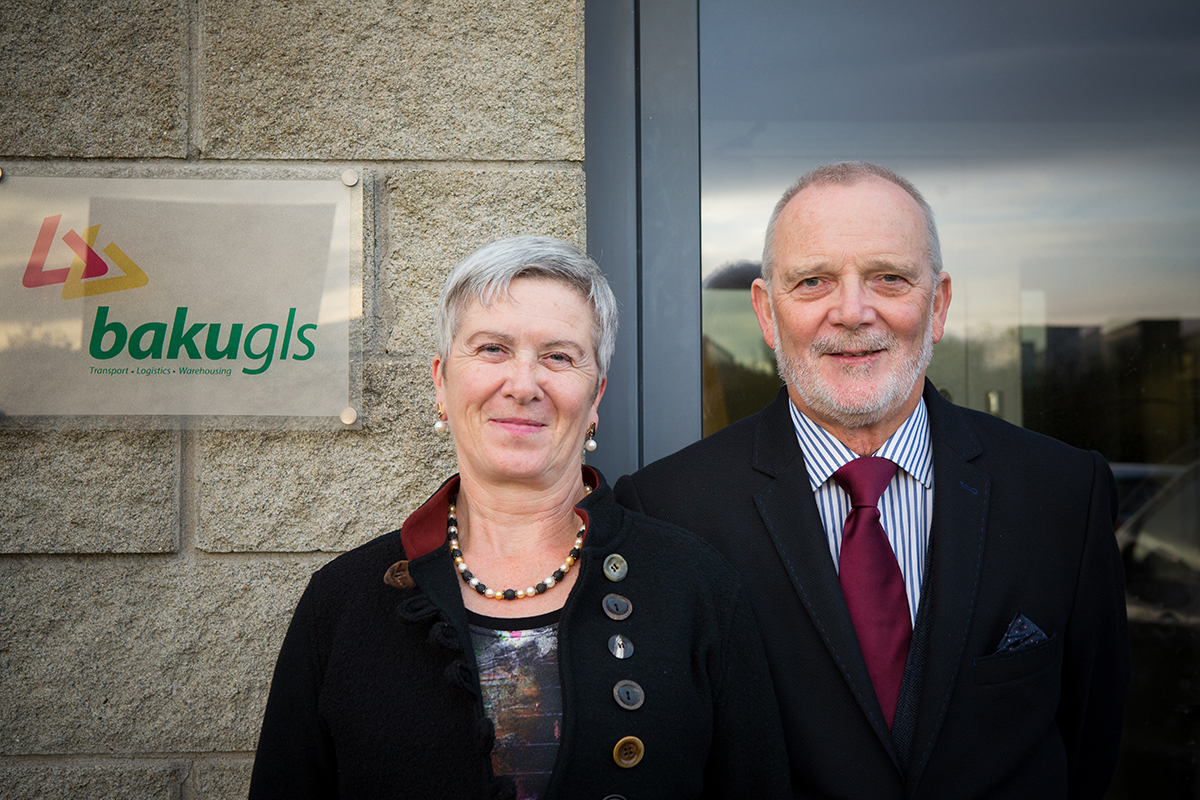
Any business that wants to move goods in or out of the UK now needs to complete a Customs declaration … and one of the most important parts of that declaration is Origin!
The Origin of goods isn’t always easy to define, but it can have a big impact on the duties you pay, how fast your goods move through the ports and the markings your product needs to carry.
In this guide, we’ll explain what Origin actually means in the world of Customs. We’ll walk you through the basic concepts behind Rules of Origin, and we’ll show you why Origin is such an important part of the Customs paper trail. We’ll also give you some guidance on how to determine Origin correctly when shipping products across the UK border.
Quick Links
- What is Origin?
- Why Origin is Important
- Rules of Origin: The Basics
- How To Determine Origin
- Who is Responsible for getting Origin right?
What is Origin?
When the customs industry talks about Origin, they’re usually referring to the country of origin, or the economic nationality, of a product. Origin is very important if you manufacture goods in one country, but you buy your components from all over the world.
If the geographic nationality is where your product was ‘born’, then the economic nationality is the ‘ancestry’ of your product. For instance, if you assemble an electronic device in an Irish factory but all of the components in the device come from either America or China, then you might have to include all three of these countries in the Origin section of your customs paperwork.
Why Origin Is Important
When a product crosses international borders, the customs authorities at the border will use the Country of Origin information for a number of purposes:
- Legal Checks: The Origin information tells the customs officials which specific laws should apply to the import and/or transport of these goods.
- Duty Payable: Depending on the Rules of Origin that apply at the border, your exports may qualify for preferential customs duties and VAT rates
- Documentation Required: The type of goods you’re sending, combined with details on where those goods were originally made, will determine what paperwork the customs agents will need to see (and keep on file) when your goods pass over the border. Your exports might need to carry special licences, or they might need to be stamped with quality marks like the CE mark.
- Trade Statistics: most countries have statistics offices (like the Central Statistics Office here in Ireland), where data on what the country is buying and selling gets recorded and studied.
The most important reason for getting Origin right, if you’re an exporter, is that any mistakes can cost you a lot of time and money. Most countries have free trade agreements that allow goods to pass through in a fairly straightforward manner, but there are sanctions against certain goods. If your exports fall foul of international sanctions due to a clerical error, you could risk delays and financial penalties. In the most extreme cases, your goods can be destroyed and you could face criminal charges.
Rules Of Origin: The Basics
The Rules of Origin are the rules that govern how goods moving across borders should be treated based on their economic nationality.
The laws and treaties that exist between the country (or countries) where your goods originated (i.e. the product Origin), and the nation you’re exporting those goods to, make up the Rules of Origin. There isn’t a single global ‘Rules of Origin’ lawbook — every border you cross has its own set of rules. Depending on where you source your components from, every product you export could potentially have its own Rules of Origin. The product may even have different Rules of Origin for every country you export to.
Rules of Origin have been a normal part of the Customs industry for decades, but they weren’t really a problem for most of our customers prior to Brexit. When the UK was part of the EU, we were all part of a single shared trading bloc. Most goods manufactured in the EU, built from raw materials sourced in the EU, and sold in the EU, didn’t have to worry about Rules of Origin at all. Nowadays, it’s one of the most important things to think about when shipping goods in or out of the UK.
How To Determine Origin?
In today’s modern supply chain, where most consumer goods are built from components manufactured and sourced from all over the world, the challenge of defining a product’s Origin is a fairly daunting one.
To determine Country of Origin, you might need to look at where a product has been assembled for sale, and where the parts of that product were manufactured, and potentially where the parts of those parts were manufactured, and so on. If you’re planning to export something like a smartphone, the ‘Country of Origin’ section could theoretically run on for pages if you listed every single raw material and manufactured part.
Customs authorities handle this complex problem by giving exporters a few different ways to simplify their Country of Origin. The three main concepts they use are Cumulation, Wholly Obtained Goods and Substantial Transformation.
Cumulation
With cumulation, you’re able to state that the host nation of the ‘last factory’ your goods passed through is its Country of Origin. Your product might be made of parts from 10 countries, but with cumulation, you’re legally able to say that it originates from that 1 ‘final’ country. To use cumulation, your home nation has to already have a cumulation agreement in place with the country/countries where you source your raw materials. There needs to be a Free Trade Agreement in place, otherwise Cumulation isn’t allowed.
Wholly Obtained Goods
If you’re a farmer or a miner, then you’ll probably be able to list your home nation as the Country of Origin on your customs form. This is because goods that are wholly obtained in one country (in other words, goods that ‘naturally occur’ in one place, like crops or minerals) have just one Country of Origin. Wholly Obtained Goods haven’t been processed overseas and they haven’t been combined with foreign components, so they have a single straightforward Economic Nationality. If you’re manufacturing goods from raw materials that have all been grown or extracted from within your own country, then the Wholly Obtained Goods rule is probably going to apply to you.
Substantial Transformation
If you use imported components and you can’t apply for Cumulation, you might still be able to list a single Country of Origin. It all depends on whether you can prove that you have created something that is fundamentally ‘new’ from imported parts. You have to prove to customs authorities that the raw materials and components you imported have been ‘substantially transformed’. This might mean that your exports fall under a different tariff code, or it might mean that you are exporting something at a much higher value than the value of the raw materials. Substantial Transformation rules change depending on the Rules of Origin — it’s a very technical area, and it’s where most businesses find they need to get professional advice from a customs expert.
Who Is Responsible For Getting Origin Right?
Even if you use an intermediary like a customs broker or freight forwarder, you are still ultimately responsible for the accuracy of your customs declarations. Most customs experts are well-versed in rules of origin and mistakes are rare, but if you’re the exporter, then it’s still important to double-check everything yourself.
If you have any doubts about the origin you’re declaring your goods under, you should ask your customs expert to verify the information they’ve given you. You can also look for a second opinion, or call Revenue directly if you’re not totally satisfied.
You can always ask us, too! We have a team of in-house customs experts here at Baku GLS. Feel free to give us a call and we’ll talk you through our services.














